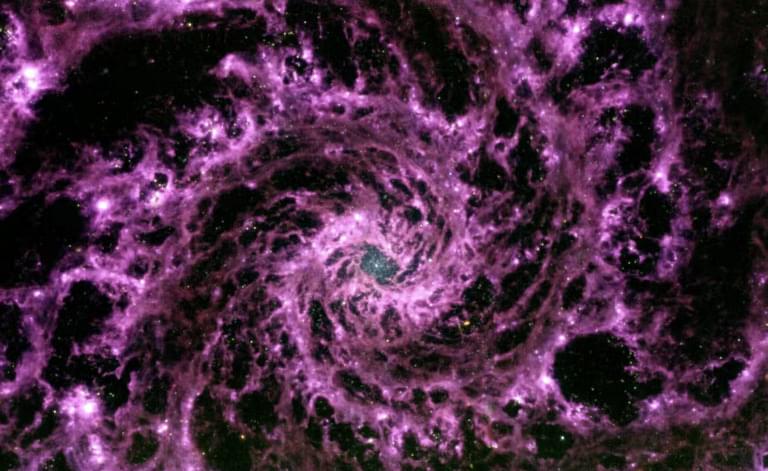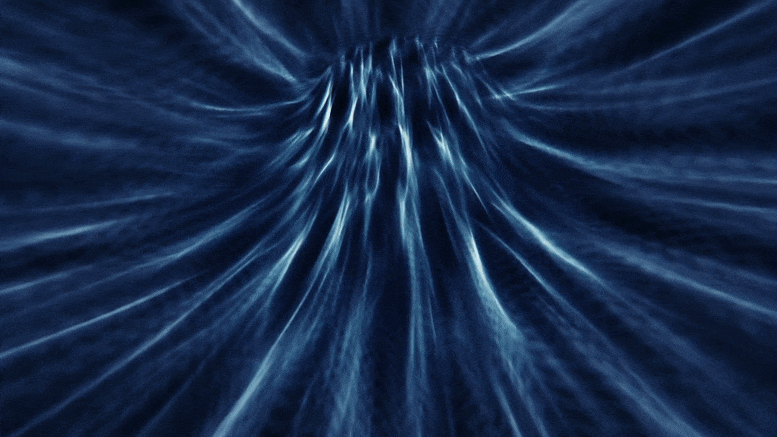We have collected that series into this new, free e-book, The American Alley: A Hidden Resource. The e-book includes the full text of the articles, along with additional illustrations and two appendices that go deeper on the design principles of the world’s most beloved “minor streets.”
Whether you’re an incremental developer, a housing or walkability advocate, a local official trying to grow your city’s tax base, or a homeowner who wants to build an accessory dwelling unit (ADU) on your property, The American Alley will help you understand why alleys were forgotten in the first place…and spur your imagination for what’s possible, now.







